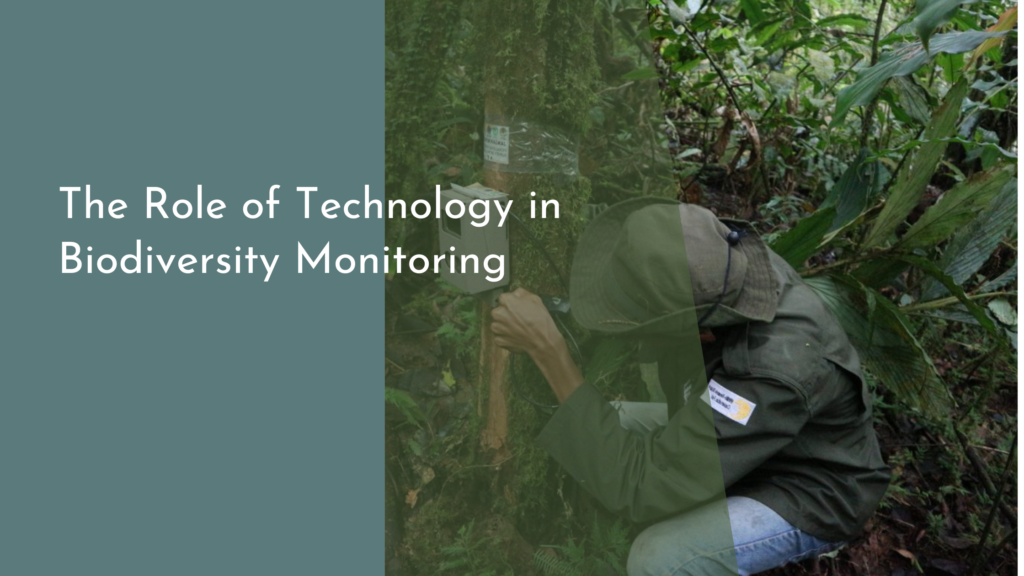Social Equity in Sustainable Urban Development
In an age where urbanization is accelerating at a dizzying pace, the need for sustainable development has never been more pressing. However, sustainable urban development is not just about green buildings or efficient public transport; it must also encompass social equity. Ensuring that all citizens have equal access to resources, opportunities, and decision-making processes is critical for creating vibrant, resilient cities. This article delves into the concept of social equity in sustainable urban development, highlighting its importance, benefits, and practical steps communities can take to foster inclusivity.
Understanding Social Equity in Urban Sustainability Efforts
Social equity refers to the fair distribution of resources, opportunities, and decision-making power among all individuals, regardless of their socio-economic status, race, or background. In the context of urban sustainability, it emphasizes the need to consider the less privileged and marginalized communities when planning and implementing development initiatives. This comprehensive approach ensures that everyone can enjoy the benefits and opportunities of urban living, without discrimination or disadvantage.
Integrating social equity into urban sustainability efforts necessitates a shift in how policymakers and city planners approach development. It calls for strategic frameworks that prioritize vulnerable populations, ensuring their voices are heard and their needs are met. This often means engaging communities in the decision-making process, allowing residents to contribute to shaping their environment. By doing so, cities can create a more inclusive and equitable landscape that promotes social cohesion and collective well-being.
The Benefits of Inclusive Urban Planning for All Citizens
Inclusive urban planning fosters a sense of belonging and community among residents. When citizens from diverse backgrounds are involved in the planning process, their unique perspectives can lead to innovative solutions that address a wide range of needs. This collaboration often results in improved public spaces, enhanced services, and diverse cultural offerings, creating a vibrant urban fabric that reflects the richness of its inhabitants.
Moreover, prioritizing social equity in urban development can lead to significant economic benefits. When cities invest in inclusive planning, they create environments that attract businesses and talent, ultimately driving economic growth. Additionally, equitable access to public services, transportation, and green spaces can improve overall quality of life, reduce crime rates, and enhance public health. Ultimately, these benefits contribute to a more sustainable, resilient urban community where all citizens can thrive.
Real-World Examples of Equity in Action: Inspiring Cities
Several cities around the globe have made significant strides in promoting social equity as part of their sustainable urban development strategies. For instance, Barcelona, Spain, has implemented a "superblock" initiative that prioritizes pedestrian traffic and local businesses over cars. This innovative approach not only reduces pollution but also creates inclusive public spaces where all community members can participate in local events and activities, thereby fostering a stronger community spirit.
Another inspiring example is Medellín, Colombia, which transformed its urban landscape through a focus on social equity. The city invested in cable cars and escalators to connect marginalized communities in the hills with the urban center, improving access to education, jobs, and public services. As a result, Medellín has seen a significant reduction in poverty rates and an increase in social mobility. These examples demonstrate how prioritizing equity in urban planning can lead to transformative outcomes for communities.
Steps to Promote Social Equity in Your Community Today!
Promoting social equity in your community starts with understanding the specific needs of its residents. Engaging in open dialogues and conducting surveys can provide valuable insights into the challenges faced by various demographic groups. By actively listening to these voices, community leaders can prioritize initiatives that address social inequities directly, ensuring that projects serve everyone effectively.
Another effective step is to collaborate with local organizations and advocacy groups that focus on marginalized populations. These partnerships can amplify voices that often go unheard and help to design more inclusive policies. Additionally, implementing community-based programs that promote education, job training, and access to essential services can directly improve the quality of life for all residents. The key is to continually assess and adapt strategies to ensure that equity remains at the forefront of urban development efforts.
Embracing social equity in sustainable urban development is not just a noble goal; it’s essential for the health and vitality of our cities. By prioritizing inclusivity and actively engaging with diverse communities, we can create urban environments where everyone enjoys equal access to resources, opportunities, and quality of life. As citizens, city planners, and policymakers work together, we can build vibrant, resilient cities that reflect the diversity and needs of all their inhabitants. Let’s take these steps forward and champion social equity in our urban spaces!

